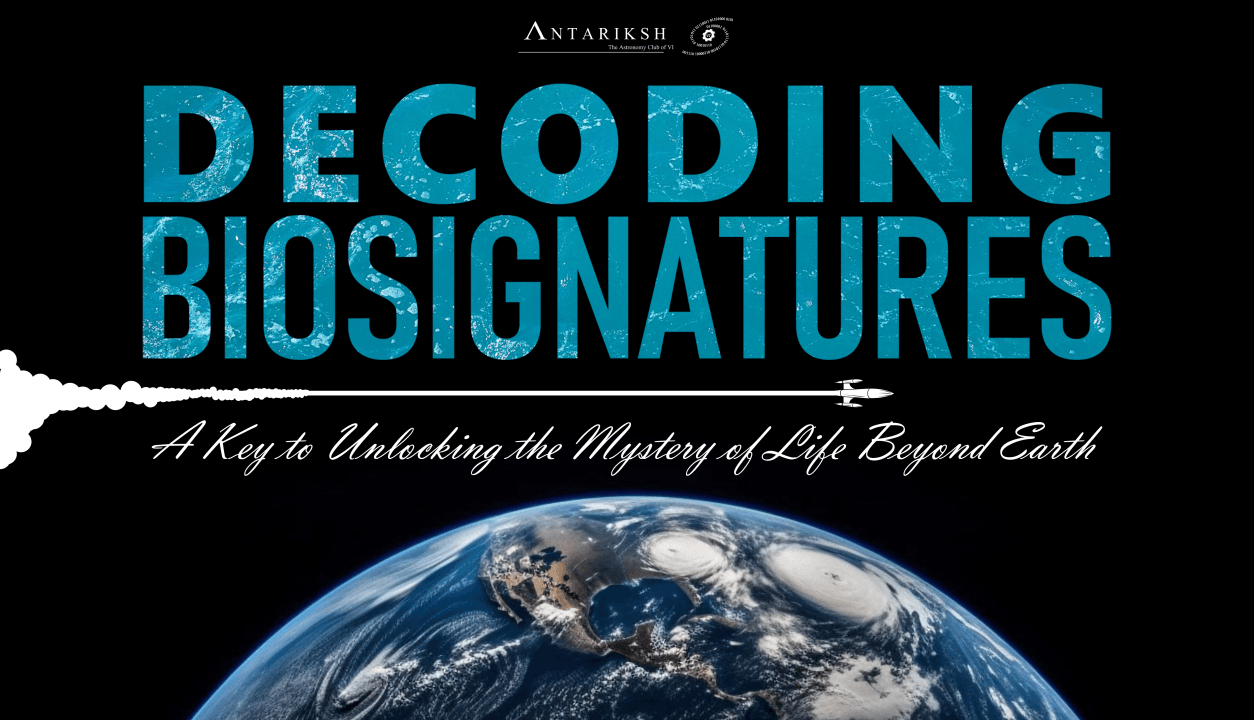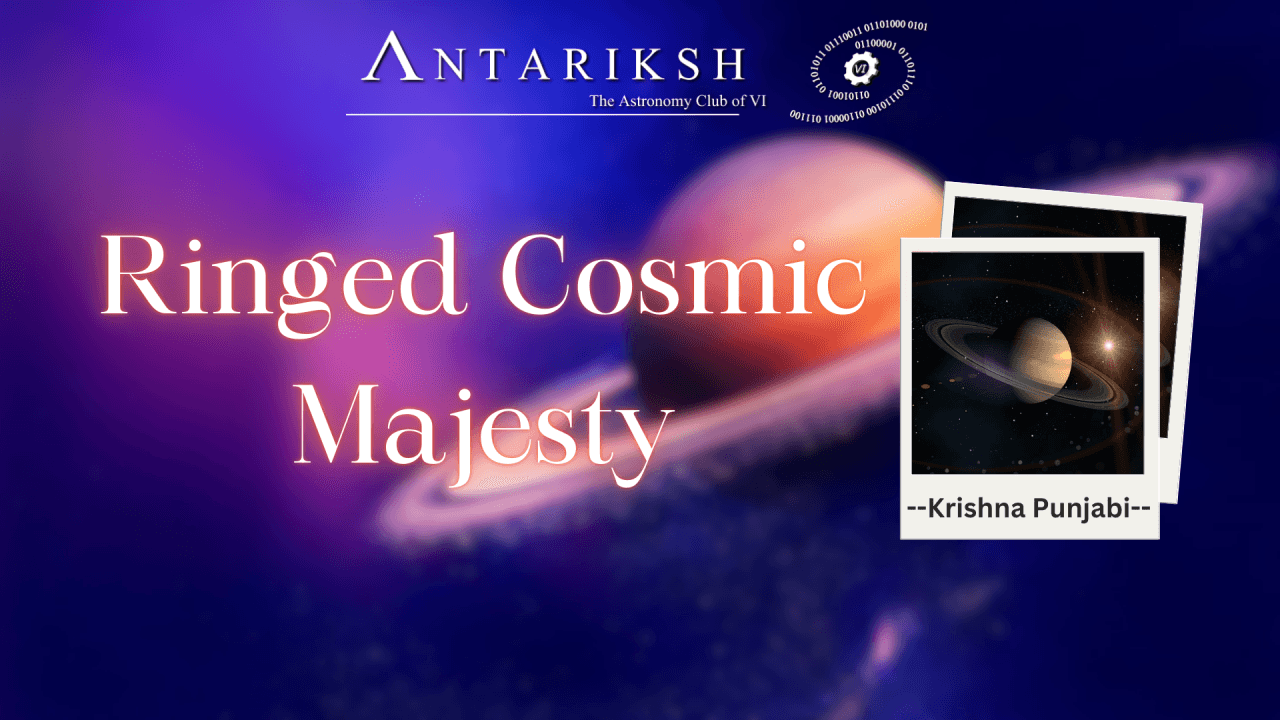
Abstract:
The domain of exoplanets is a vast and ever expanding field of discovery and research. From the hunt for extraterrestrial life to finding a second Earth, or simply the curiosity of the peculiar existence of planets that defy our laws, Exoplanets are a crucial point of interest. This article mainly focuses on a review of the methods we currently use to detect and identify such exoplanets. To be specific , the main methods to focus on for this study will be Doppler Spectroscopy and Transit Photometry. Additionally , it will also cover the mentions of some peculiar exoplanets.
Keywords: Doppler Spectroscopy, Transit Photometry, Doppler Effect.
Introduction:
Since the beginning of the early 1920’s, Space exploration has opened a whole new frontier of opportunities and discoveries – Exoplanets. Although the first exoplanet was only discovered in 1992—less than 35 years later, we have discovered exoplanets of distant Star systems and also confirmed the presence of Earth-like habitable exoplanets, further increasing the possibility of encountering extraterrestrial life.
Another major frontier has emerged in the idea of finding a second Earth, i.e., a planet that would not only support but also help human life thrive and sustain. With legendary planet Hunters such as the Kepler Telescope, the Spitzer Telescope, and the James Webb Telescope, and the upcoming major planet hunters such as the TESS (Transiting Exoplanet Survey Satellite), this field of exploration is yet to see new horizons.
The What and Why of Exoplanets:
An exoplanet is basically a planet that exists outside our Solar System. Speculations on the existence of exoplanets or extrasolar planets have existed for centuries, but until the late 1980s, no viable proof was found of such planets existing. The definition criteria for an exoplanet was given by the International Astronomical Union in the year 2003. They also received special nomenclature methods by the IAU, although certain other nomenclatures are also considered to be accepted widely.
Exoplanets are not only detected in star systems, but also in regions like Pulsar orbits certain binary and merger systems. Other than these, a class of rogue exoplanets are defined as planets that do not orbit any sort of star system or extrasolar object.
To shed some light on discoveries that have raised very interesting questions of Science, a few noteworthy and somewhat amusing exoplanets are :
Kepler 452b - Also deemed by NASA as “Earth’s older cousin “ , this planet is considered to be a Super Earth , with the perfect density of the atmosphere and the presence of organic components required to not only sustain, but also strengthen Human life. (Jenkins et al. 2015)
HD 189733 b - Discovered in 2005, this planet is also known as the glass planet. And living up to its name,the clouds of this planet’s atmosphere are laced with glass , with frequent glass storms rising around the planet
TOI-3757 b -. This planet is known as one of the most low density gas giant planets, with its surface density speculated to be similar to a marshmallow, earning its nickname , “Marshmallow planet “.
55 Cancri e - This exoplanet, being dangerously close to its host star , hosts oceans of lava and a constant sparkling cloudy atmosphere , the result of the heating of atmospheric gasses.
LTT 9779 b - This planet is the most reflective exoplanet, that reflects up to 80 % light from its host star. But what's more unique about this planet is its silicate-rich and metallic atmosphere, resulting in rains of Titanium droplets. (Hoyer et al. 2023)
TOI 4603b - Discovered by Indian Scientists at PRL , Ahmedabad , this exoplanet is known to be the densest planet known till date. This planet is 14 times the size of Jupiter , which makes its density even more of an unusual find. (Khandelwal et al. 2023)

Fig (1.1) Visual of the Kepler Space telescope . Image Credit : NASA
The Methods:
There have been numerous approaches to exoplanet detection, including ellipsoidal variations, direct imaging, relativistic beaming, astronomy, transit photometry, and Doppler spectroscopy. Additionally, there have been hypothetical suggestions of methods such as flare and variability echo detection or optical interferometry.
However, in this study, we will be considering the two most prevalent methods, i.e., transit photometry and doppler spectroscopy.
1. Doppler Spectroscopy (The Wobble Method):
Doppler Spectroscopy, also known as the Radial velocity method or the Wobble method, is the oldest and one of the most prevalent methods used till date in the case of Exoplanet detection. As the name suggests, the method works on the base rule of the Doppler Effect. While it holds its first proposal originating in 1952, by Astronomer Otto Struve, it was not put in use until the 1990s, when the idea was supported by major advancements in the Spectrometer Technologies.
1.1 The Doppler effect:
The Doppler effect, named after the Physicist, Christian Doppler, states that when an observer moves relative to a certain source of wave, the frequency of the wave changes relative to the observer. Simply put, if a wave-emitting source is closer to the observer, the frequency of the wave will increase for the observer. At the same time, if the source moves away from the observer, the frequency of the wave will decrease relative to the observer.
1.2 But how does it come into effect?
The main procedure of the Doppler Spectroscopy involves studying and analyzing the spectral lines of the light emission of a star. The shifts in these spectral lines give us the idea of the radial velocity of the star.
Now, if a planet was to be orbiting the star, the influence of the mass and gravitation of the planet would cause a slight wobble, or a change in the star’s velocity towards or away from the observer. This change would be detected as tiny changes in the redshift or blueshift emissions of the star. And this change would become periodic as the planet keeps on revolving. Doppler Spectroscopy tracks this periodic change in velocity, and puts forth an inference of the presence of an exoplanet orbiting the target star. (Wright and Gaudi 2012)
1.3 The remarkable findings:
The first exoplanet orbiting a main sequence star, Pegasi 51b, was discovered by Michel Mayor and Didier Queloz, using the ELODIE spectrograph in the Haute-Provence Observatory ,1993.
Till 2022, the Doppler spectroscopy has led to the discovery of about 1018 planets, which accounts for about 19.5 % of all planets discovered.
1.4 The shortcomings:
A major shortcoming of this method is Instrumental calibration and Error reduction. In short, the further we try to look, the more stable our instruments need to be.
Another remarkable shortcoming is the accounting of the doppler shifts caused by Earth’s motion around the sun, resulting in the creation of artifacts in stellar observations.

Fig (2.1) Wobble ( red shifts and blue shifts in the emission of a star with respect to the observer) ; Credits: Physicsfeed
2. Transit Photometry (The Transit Method):
The Transit Photometry method, developed in 1999, has over time become the most successful method of Exoplanet detection. In this case, a transit is better explained as the event of a planet, or any celestial body, aligning with the line of vision of the observer and the target star. This method is simple and yet unique for the high variety of features and observable insights it offers.
2.1 What happens in transit?
In the event of a successfully observable transit, the planet happens to be right in between the line of vision of the observer and the host star. Due to the planet acting as an obstruction, the brightness of the star decreases by a measurable amount. This dip in brightness is considered a transit signal.
2.2 The method of detection:
When a target star is selected, the observations of the star are taken periodically. While in the phase of data analysis, the various transit events are recorded and we try to establish a relation between the periodicity and the generated light curve. Assuming the flux from the planet is negligible, the partial decrease in brightness of the star is calculated as the ratio of the radius of the planet to the radius of the star.
Now, when a certain transit signal is processed to further reveal the presence of a planet, various observable parameters are derived from the light curves, such as planet radius, star radius and the radius ratio. To support the existence hypothesis, follow up observations and confirmations are necessary. The validation requirement can be fulfilled by additional photometric observations, or the combination of the radial velocity methods. (Deeg and Alonso, n.d.)

Graph to understand the slight dip in brightness with respect to time during transit ; Image Credit: NASA
The given figure visualizes a light curve plotted using the following formula:

Here the ΔF is the change in Flux and Rp and R* are the radii of the planet and the star respectively. Here we only consider the change in flux to the Stellar flux ratio (F) as the flux from the exoplanet is considered negligible.
2.3 The remarkable findings:
The Kepler mission by NASA is considered to be the most successful and revolutionary mission in the Transit Photometry exoplanet detections.
By the year 2023, about 2778 had been successfully identified by Kepler, with many planets resembling Earth and additionally a range of Super-Earth planets, opening up a vast new frontier on the topic of Habitable exoplanets.
2.4 The shortcomings:
While successful, the transit photometry method mainly suffers from cases like low probability of finding well aligned planetary transits. As a non-aligned transit reveals low to no viable information, rendering the method obsolete in such cases.
The transit surveys are somewhat restricted to bright and unique transit cases, which means the method is still missing out on the detection of a variety of different exoplanetary star systems.
Conclusion:
The study of exoplanets offers an endless possibilities of discoveries and exceptional findings. And their detection methods offer a continued need for improvement , innovation and optimization.While the Transiting Exoplanet Survey Satellite (TESS) and the James Webb Telescope are the newer additions to the exoplanet hunting fleet , newer missions by the ESA , namely Plato (Planetary Transits and Oscillations of stars) and Ariel (Atmospheric Remote-Sensing Infrared Exoplanet Large-survey) are soon to join this endeavor later in this decade.
References:
1] Deeg, Hans J, and Roi Alonso. n.d. “Transit Photometry as an Exoplanet Discovery Method.” https://www.astro.keele.ac.uk/jkt/tepcat/.
2] Wright, Jason T., and B. Scott Gaudi. 2012. “Exoplanet Detection Methods,” October. https://doi.org/10.1007/978-90-481-8818-5_59.
3] Hoyer, S., J. S. Jenkins, V. Parmentier, M. Deleuil, G. Scandariato, T. G. Wilson, M. R. Díaz, et al. 2023. “The Extremely High Albedo of LTT 9779 b Revealed by CHEOPS.” Astronomy & Astrophysics 675 (July):A81. https://doi.org/10.1051/0004-6361/202346117.
4] Jenkins, Jon M., Joseph D. Twicken, Natalie M. Batalha, Douglas A. Caldwell, William D. Cochran, Michael Endl, David W. Latham, et al. 2015. “DISCOVERY AND VALIDATION OF Kepler-452b: A 1.6 R ⨁ SUPER EARTH EXOPLANET IN THE HABITABLE ZONE OF A G2 STAR.” The Astronomical Journal 150 (2): 56. https://doi.org/10.1088/0004-6256/150/2/56.
5] Khandelwal, Akanksha, Rishikesh Sharma, Abhijit Chakraborty, Priyanka Chaturvedi, Solène Ulmer-Moll, David R. Ciardi, Andrew W. Boyle, et al. 2023. “Discovery of a Massive Giant Planet with Extreme Density around the Sub-Giant Star TOI-4603.” Astronomy & Astrophysics 672 (April):L7. https://doi.org/10.1051/0004-6361/202245608.



